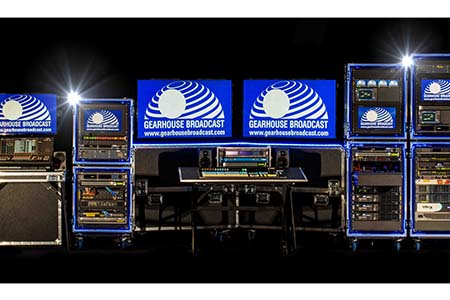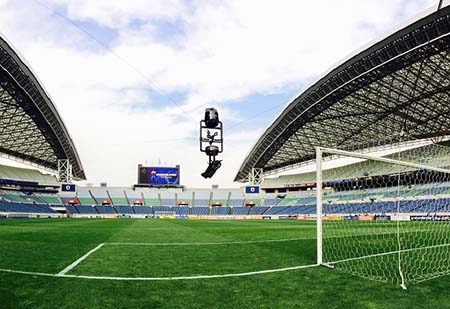Encouraging consumers to watch scheduled content is one of the biggest challenges that broadcasters face. Todays consumers are more likely than ever to make use of time-shifted viewing, with access to a time and a place that suits them. Live content is one of the main ways to drive audience engagement, and broadcasters are increasingly […]
Encouraging consumers to watch scheduled content is one of the biggest challenges that broadcasters face. Todays consumers are more likely than ever to make use of time-shifted viewing, with access to a time and a place that suits them.
Live content is one of the main ways to drive audience engagement, and broadcasters are increasingly looking at covering more sports and live events. We can all expect to see an increase in non-mainstream sports, live events such as concerts, movie premieres, awards ceremonies and extended news coverage (such as elections or celebrity weddings) on our TV screens from now on. However, from a broadcasters perspective, capturing these types of live event presents something of a challenge.
As broadcasters look to deliver more live content, they have to find a way to affordably produce it, without compromising on quality. Maintaining production values across a growing amount of live events means that any OB set-up, however large or small, has to be able to support full HD quality and be flexible enough to cope with a sports production on the one hand and a red carpet event or concert on the other.
Although broadcasters now have to deliver more and more content to remain competitive, their budgets are being squeezed. Producing more content with fewer resources is now a reality. This is where commissioning a regular OB truck presents a huge challenge. With a big OB truck or supertruck, the build time of several months means theres a significant cost associated before youve even thought about investing in all the equipment to get it properly kitted out.
At the moment, the OB production world is an environment of two extremes; we have large 20 plus camera sports productions, or small one- or two-camera ENG flyaways. To date, the middle section of the OB market has not really been an area that broadcasters, OB companies or manufacturers have placed much emphasis on. Large OB trucks are impractical for smaller events, and cant be used in locations that are not easily accessible or where space is at a premium. At the other end of the spectrum, small flyaways are unable to handle the more complex requirements of a six- to eight-camera
live production.
The answer is a mid-sized OB vehicle that offers a compact but flexible footprint, and can still cope with a complex production workflow. It is also important to try and combine the maximum amount of functionality in as small a space as possible, while still comfortably housing a large enough production crew, with space for a production gallery, audio workstations and engineering control area. Low power consumption is also another consideration that needs to be taken into account, particularly when covering events such as festivals or concerts.
A Sprinter van or similar foots the bill. However, the wheel bases limit the space available for equipment. A custom-built trailer, on the other hand, is something that hasnt really been considered as a solution for the mid-sized OB segment.
The empty floor space means more room for all the OB functionality that youd expect with a truck, but on a more compact footprint. Flexibility is another area where a trailer delivers; theres no requirement for a driver with a special HGV licence you can just hook it up to a 4X4 instead.
Its not just traditional broadcast content that a mid-sized OB vehicle would be appropriate for. Producing content for non-traditional forms of content delivery, such as IPTV and live web streaming service providers, is an alternative and growing market for a more affordable and compact OB vehicle.
As the number of web streaming and IPTV providers grows, they will have to compete not just with each other but also with broadcasters. Just as it acts as a differentiator for broadcasters, live content offers IPTV and web-based content delivery services to stand out from the crowd.
A more compact and affordable OB option that still provides high quality output offers a convenient way to generate more content, deliver more services/channels and compete with bigger broadcast rivals. This type of mid-range OB would also enable broadcasters looking to deliver their own services via alternative platforms to create a wider range of coverage, including exclusive content from live events specifically for online or mobile access.
Eamonn Dowdall is Business Development Director at Gearhouse Broadcast.
















































































